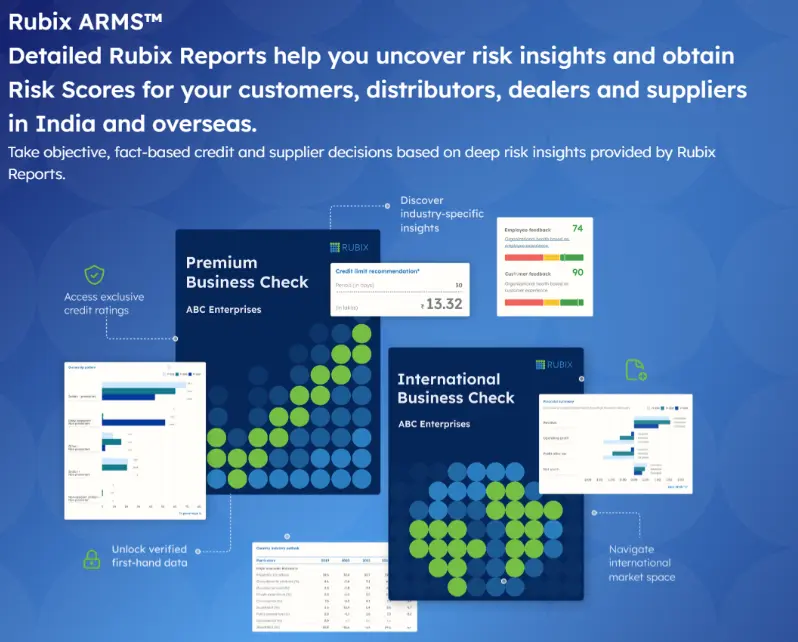Supply Chain Finance
Why CFOs are Turning to SCF Amid Automotive Transformation

The automotive industry today is at a pivotal crossroads, navigating transformation while battling financial headwinds. In 2024, global automobile sales reached 74.6 million units. Moreover, the industry contributes almost 6% to India’s GDP. Yet, this industry continues to face mounting financial pressures.
Even with a decade-high in profit margins for OEMs and suppliers, according to Bain & Company, the third quarter of 2024 marked a turning point: supplier margins exceeded those of OEMs for the first time since the pandemic, with OEMs’ average profit margin falling to 6.2%, down more than 2 percentage points from the 2023 average. This decline is attributed to softening customer demand, increased downward pressure on prices, persistent inflation, high interest rates, and the dual burden of producing both combustion engine vehicles and electric vehicles, further pressuring margins. Traditional financing approaches are not built to absorb this kind of dual strain on liquidity and long-term strategy.
This gap between performance and return reveals a deeper structural issue, one that calls for Smarter Financial Strategies.
Let us explore how Supply Chain Finance works in such a scenario.
Supply Chain Finance (SCF) is one of the few financial strategies that deliver mutual benefits across the entire supply chain. It allows OEMs to extend payment terms and optimize Days Payable Outstanding (DPO) without disrupting operations, while simultaneously enabling suppliers to receive early payments that strengthen their liquidity.
However, the true value of SCF goes beyond improved cash flow metrics, it lies in how companies leverage their capital. With SCF, businesses can make strategic investments for advancing R&D and automation, building supplier diversification programs, strengthening technical workforce pipelines, or pursuing acquisitions during industry consolidation. These are substantial, long-term moves that shape future competitiveness.
The impact of SCF, though, starts with something fundamental – Liquidity! Unlike traditional financing methods, where OEMs rely on debt or internal accruals, often at high cost or with balance sheet constraints, SCF frees up working capital without increasing debt. It enables buyers to conserve cash through extended DPO while ensuring suppliers, particularly smaller ones, receive timely payments. For many suppliers, this access to liquidity can be the critical factor between growth and closure.
Let’s take a real-world-inspired example.
Meet Shivraj, a Tier 2 supplier in Aurangabad who manufactures precision components for braking systems. His margins are thin, and his working capital cycle is constantly under stress. He delivers to a Tier 1 supplier, who supplies onward to a large OEM. Under traditional financing, Shivraj would approach a bank for working capital but, with limited collateral and documentation, the terms are either too expensive or entirely out of reach. Payments from his Tier 1 buyer arrive only after 60 to 90 days, making it difficult to manage procurement, wages, or unexpected input cost spikes.
Now imagine Shivraj is part of an SCF program anchored by the OEM and its Tier 1 supplier. Instead of waiting months, he gets paid in just 3 days, directly from a financing partner, without needing to pledge assets or chase banks. Meanwhile, the OEM still pays the lender on their standard 90-day timeline, preserving their own cash position. Shivraj gains reliable liquidity,the OEM gains a stable and responsive supply chain, and the lender gets paid on time. Everyone wins.
This is where SCF stands apart from traditional finance:
- Traditional model: Capital is scarce, risk is individual, access is selective. OEMs rely on expensive debt or internal accruals, straining balance sheets, while suppliers face liquidity challenges that disrupt supply chains.
- SCF model: Capital is embedded in the transaction, risk is shared, access is democratized. OEMs extend payment terms, preserve cash flow, and avoid debt, while suppliers gain early payments, improving liquidity. This creates a stable supply chain, reduces disruptions, and supports innovation, all without increasing debt.
In India’s automotive landscape, where supply chains span Tier 1 giants to long-tail Tier 2 and Tier 3 vendors, this matters. Many smaller vendors operate on wafer-thin margins, relying on fast payment cycles to meet costs. Yet, traditional financing often ignores this long tail due to limited credit histories or lack of visibility.
Vayana Supply Chain Finance directly addresses this. By enabling early payments to suppliers while allowing buyers to maintain or extend payment terms, SCF bridges this liquidity gap. What sets Vayana apart is our inclusive design, built to bring Tier 2 and Tier 3 vendors into the formal financing fold thereby strengthening resilience across the value chain.
As the Most – Trusted SCF platform in the country, working with most of India’s top OEMs, Vayana has developed a deep understanding of vendor categorization, credit profiling, and treasury metrics across the automotive value chain.
Vayana Advantage:
- Vendor-specific structuring: The platform allows for segmentation and targeted structuring of credit terms, tailored to vendor categories across Tier 1, 2, and 3 suppliers.
- Visibility into financial health: By onboarding the long tail of suppliers, OEMs gain clearer visibility into the financial health of their ecosystem, making it easier to mitigate risks.
- Enhanced liquidity and working capital optimization: By extending their Days Payable Outstanding (DPO) while ensuring early payments to suppliers, Vayana’s partners have improved their treasury position without straining supplier cash flows effectively, reducing suppliers’ Days Sales Outstanding (DSO) and strengthening the entire value chain.
- Trusted scale and expertise: With the largest automotive OEMs already on the platform, Vayana has benchmarked credit terms and cash flow structures across the sector, allowing newer entrants to benefit from proven best practices.
Result? OEMs strengthen supplier loyalty, avoid disruptions, and build financial resilience without increasing debt.
Today’s CFO is managing more than just cash—they’re managing contradictions.
Rising input costs meet mounting pressure to localize and improve efficiency. There’s a need to fund future-ready R&D, even as the supply chain remains fragmented and strained by tight cash cycles. These challenges are complex, structural, and long-term. And they can’t be addressed with traditional financing tools built for a more predictable era.
Supply Chain Finance (SCF) goes beyond easing working capital constraints—it strategically aligns liquidity with enterprise priorities.
SCF empowers CFOs to extend payment terms without destabilizing suppliers, support long-tail vendors without increasing credit exposure, and unlock capital that can be reinvested where it has the most impact – sfrom innovation to supply chain resilience.







